What is the best way to project an arbitrary 2D polygon onto a 3D triangle mesh?
To make thing clearer, here is a visualization of the problem:

The triangle mesh is representing terrain and thus can be considered 2.5D. I want to be able to treat the projected polygon as a separate object. This particular implementation is done in WebGL and three.js but any solution that fits an interactive 3D application is of interest.